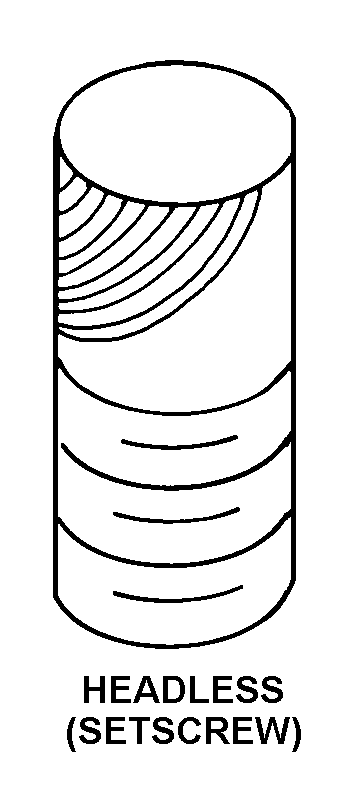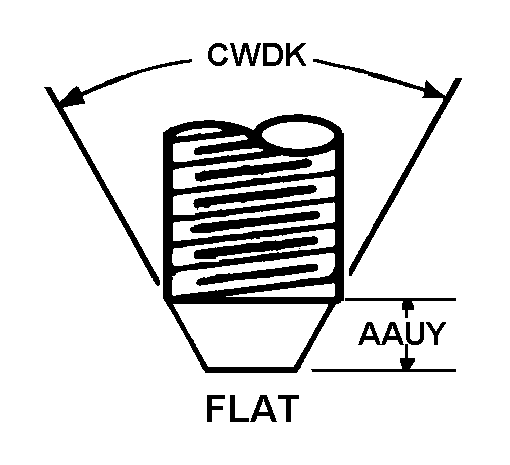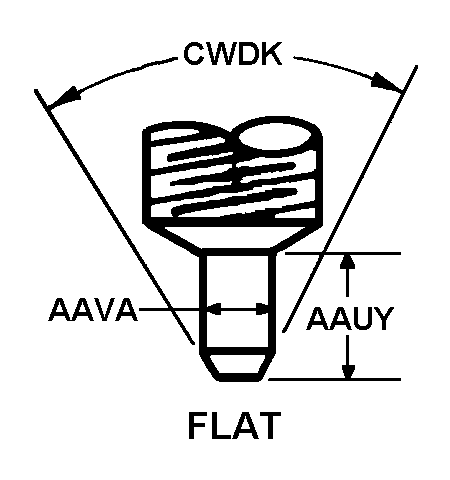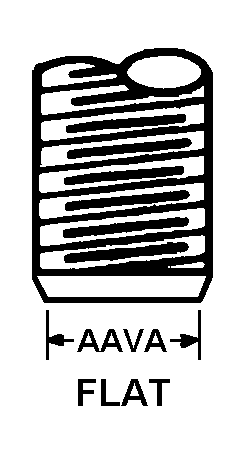5305000583973
Price Quote Get an up to date pricing and availability quote for this product. Order online or over the phone.
Quality Commitment
Serving our customers with quality and safety first.
- AS9120 Certified
- Audited supply chain
- ITAR Registered
- DDTC Registered
- HAZMAT Certified
- Customer service objectives
- Every product 100% inspected

5305-00-058-3973 Specification Set by the OEM (see RNCC code 3)
3a
RIGHT-Hand
0.156in. ⁓5/32"
0.156in. ⁓5/32"
headless (setscrew)
flat
hexagon
0.060in.
0.028in. ⁓1/32"
80
copper alloy 260 or copper alloy 268 or copper alloy 260 or copper alloy 270 or copper alloy 274
QQ-B-626, comp 260 fed spec 1st material response or QQ-B-626, comp 268 fed spec 2nd material response or QQ-W-321, comp 260 fed spec 3rd material response or QQ-W-321, comp 270 fed spec 4th material response or QQ-W-321, comp 274 fed spec 5th material response
unf
1 type and 1 style
Cross Reference Parts Part numbers that meet the specification outlined on this page and set by the OEM
Identification Item Identification Guide (IIG) and Item Name Code (INC)






Definition Definition of approved item name (AIN): "SETSCREW"
An externally threaded device whose threaded portion is of one nominal diameter with or without a head and having a cup, cone, or other type of machined point designed to prevent or restrict relative movement of parts and designed to be driven with either a wrench or inserted driver. A locking feature may be incorporated in the design of the head or threads.
5305-00-058-3973 Material Hazmat, Precious Metals, Criticality, Enviroment, and ESD
Indicates there is no data in the hmirs and the nsn is in a fsc not generally suspected of containing hazardous materials.
Precious metal content is unknown
The item does not have a nuclear hardened feature or any other critical feature such as tolerance, fit restriction or application.
Identification Codes
HMIC: Hazardous Material Indicator Code. A one position code that identifies a hazardous item.
PMIC: Precious Metal Indicator Code. A one position code which identifies items that have precious metals as part of their content. precious metals are those metals generally considered to be uncommon, highly valuable, and relatively superior in certain properties such as resistance to corrosion and electrical conductivity.
ESD: Electrostatic Discharge. Indicates if an item is susceptible to electrostatic discharge or electromagnetic interference damage. electrostatic discharge damage occurs when an accumulation of static electricity generated by the relative motion or separation of materials is released to another item by direct contact. electromagnetic interference damage occurs when an item comes into proximity with an electrostatic or magnetic field.
ENAC: Enviromental Attribute Code. Identifies items with environmentally preferred characteristics.
CRITL: Criticality Indicator Code. Indicates an item is technically critical by tolerance, fit, application, nuclear hardness properties, or other characteristics.






